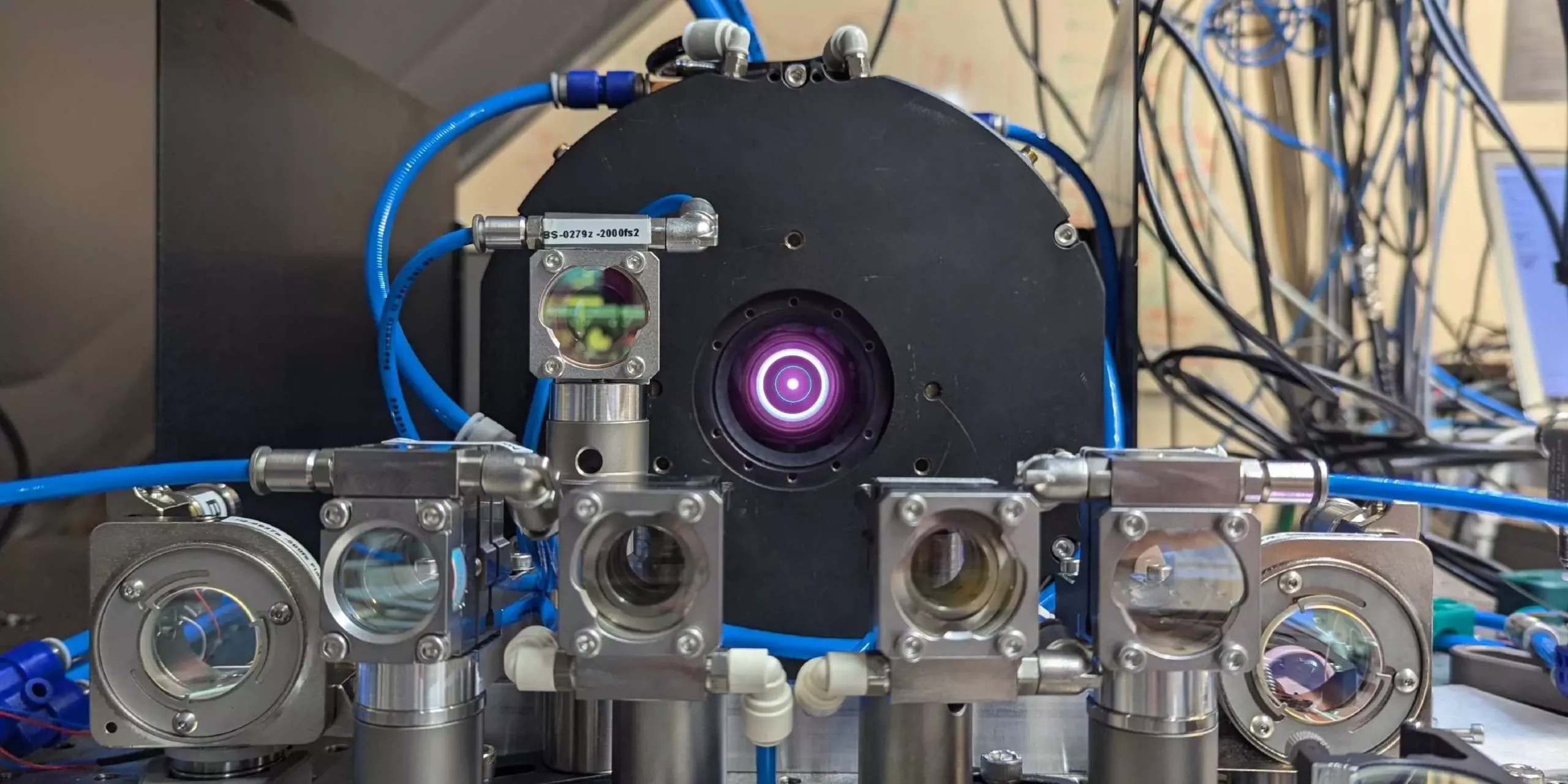Lasers, or Light Amplification by Stimulated Emission of Radiation, are ubiquitous in modern technology. While most people might visualize a steady, concentrated beam of light, there exists a more specialized class of lasers. These ultrafast pulsed lasers deliver exceptionally brief yet powerful bursts of light, capable of performing intricate tasks. The ability to utilize laser pulses lasting mere attoseconds—one quintillionth of a second—opens opportunities for observing and manipulating rapid phenomena in physics and other fields. Researchers at ETH Zurich, under the direction of Professor Ursula Keller, have recently made significant strides in this domain, setting a new benchmark for laser performance that could revolutionize various industries.
The recent research led by Ursula Keller’s team has illuminated a landmark achievement in the realm of laser technology. By generating an average output of 550 watts, surpassing the previous record by over 50%, they have created the most powerful laser pulses known to date. Each pulse lasts less than a picosecond (a trillionth of a second) and is emitted at an astonishing rate of five million pulses per second. This rapid pulse generation results in peak power levels reaching a staggering 100 megawatts—an amount comparable to the energy required to simultaneously power 100,000 vacuum cleaners for a short interval. The ramifications of such advancements in laser technology are profound, as they allow for unprecedented control and precision in scientific inquiries.
Keller’s team has dedicated over 25 years to enhancing a specific type of laser known as the short-pulsed disk laser. Characterized by its unique design, this laser utilizes a thin 100-micrometer disk composed of specially treated crystal containing ytterbium atoms. Throughout their extensive research, the team experienced numerous obstacles, including the breakdown of crucial components within the laser system. Each issue confronted led to innovative solutions, refining the reliability of short-pulsed lasers that have gained traction in various industrial applications.
According to Moritz Seidel, a Ph.D. student in Keller’s team, the success of the latest advancements is attributed to two notable innovations in laser technology. The first innovation involves a sophisticated arrangement of mirrors that allows the light to circulate multiple times within the disk before escaping through an outcoupling mirror. This arrangement permits extreme amplification of the laser light while maintaining stability, a feat previously thought to be challenging. The second major breakthrough is the utilization of the SESAM (Semiconductor Saturable Absorber Mirror), a concept introduced by Keller three decades ago. Unlike conventional mirrors, a SESAM’s reflectivity varies according to the intensity of incoming light, effectively facilitating the transition from continuous to pulsed laser output.
Achieving the high power output witnessed in this recent study was far from straightforward. The team encountered a range of technical difficulties, one of which involved integrating a thin sapphire window onto the semiconductor layer of the SESAM mirror. This integration greatly improved the mirror’s performance. Moritz Seidel recollects the moment they succeeded, describing it as exhilarating to witness the laser producing distinct, powerful pulses.
Professor Keller expresses enthusiasm about the research findings, indicating that these advancements could lead to even more efficient pulse shortening, an essential step in the quest to produce attosecond pulses. These tiny time intervals are fundamentally important in the field of high-frequency physics and could lead to groundbreaking developments in frequency combs operating in the ultraviolet to X-ray spectrum, potentially enhancing precision timekeeping.
The capabilities unlocked by this powerful new laser technology extend far beyond academic exploration. Keller envisions potential applications in creating terahertz radiation—a longer wavelength than visible light—that could prove invaluable in various material testing scenarios. Moreover, the prospect of using these lasers to investigate whether natural constants remain unchanging may redefine our understanding of fundamental physics.
The remarkable work conducted by Professor Ursula Keller and her research team illustrates the immense possibilities inherent in ultrashort pulsed lasers. By offering a reliable and powerful consensus on laser oscillators as an alternative to amplifier-based systems, they have paved the way for enhanced measurement techniques and newly emerging fields in quantum electronics. As these technologies develop further, the future looks bright for the continued exploration of ultrafast science.


Leave a Reply